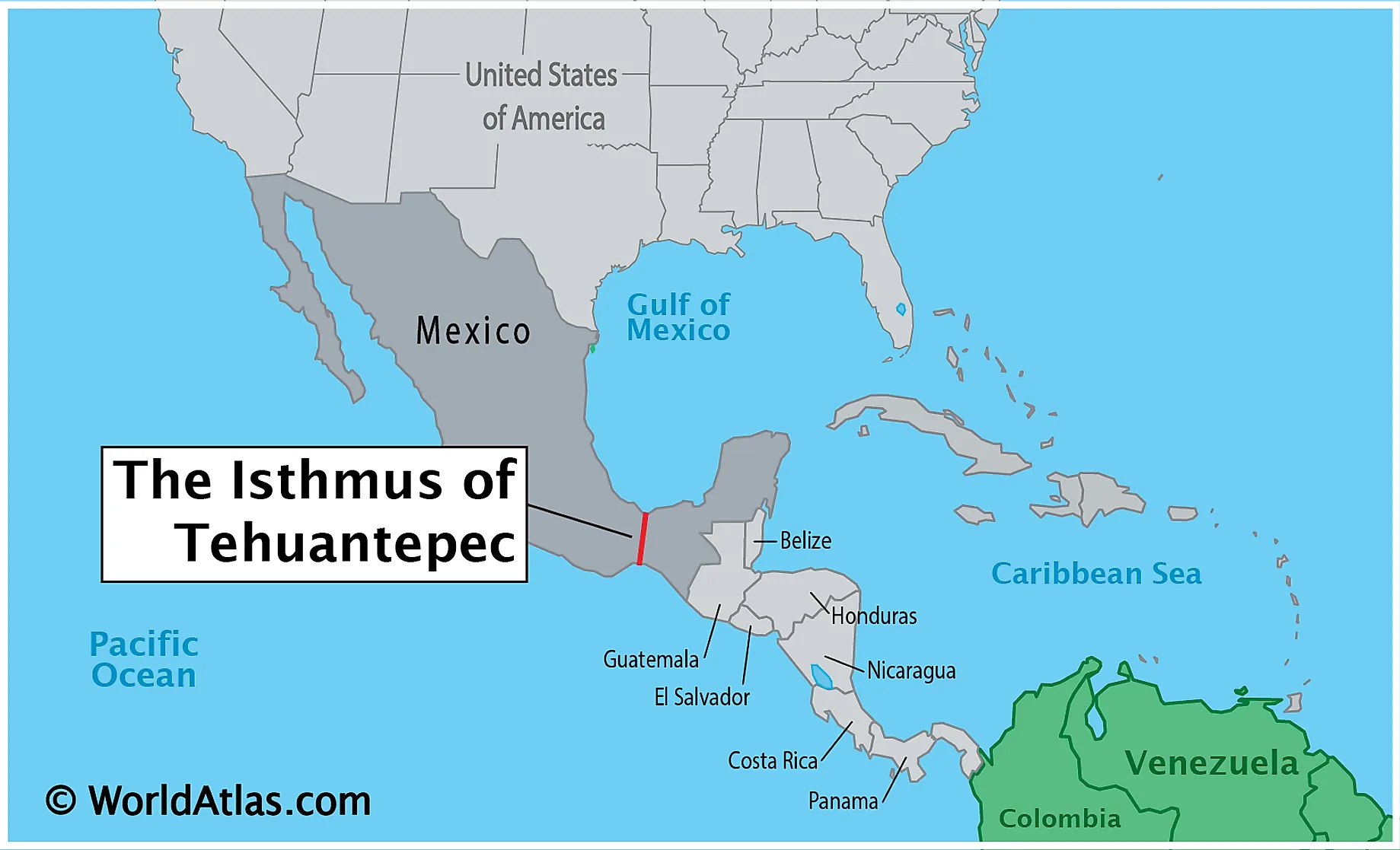
Mexico is building an interoceanic corridor in the Isthmus of Tehuantepec to connect the Pacific and Atlantic Oceans.This 300-kilometer project, a potential Panama Canal rival, is causing both excitement and controversy.Conceived in the 16th century, its now being pushed forward by President Andrs Manuel Lpez Obradors government, which has invested $2.85 billion.The corridor is expected to significantly boost Mexicos GDP, potentially adding 3 to 5 percentage points.Public opinion is split: some see it as an economic boon, others worry about social and environmental impacts and the potential rise in organized crime.Artisan Anglica Gonzlez, based in Ciudad Ixtepec, Oaxaca, eagerly awaits the return of passenger trains, hoping to sell her crafts to tourists.The Tehuantepec Interoceanic Corridor (CIIT) aims to enhance logistics and commerce.By 2028, it plans to handle 300,000 containers annually, increasing to 1.4 million by 2033.
This makes it a significant player in global trade, complementing the Panama Canal.Mexicos Interoceanic Corridor Sparks Debate.
(Photo Internet reproduction)The project includes expanding the Salina Cruz port, a major undertaking involving the construction of a massive breakwater.This expansion is generating thousands of jobs, vital for a region affected by poverty.However, local activists like Rafael Mayoral express concerns over the environmental and social impacts.Migration RouteSouthern Mexico, already a migration route, faces challenges with the corridors construction.Indigenous activist Juana Ramrez from UCIZONI criticizes the project for its environmental and societal effects.UCIZONI claims that the project disregarded indigenous consultation norms and led to community displacement.Reports of legal challenges and allegations of repression against activists have added to the controversy.The Mexican Center for Environmental Law documents violence and intimidation related to the project, primarily affecting indigenous people.This situation underscores the need for a balanced approach, respecting both economic objectives and community rights.

 17
17







